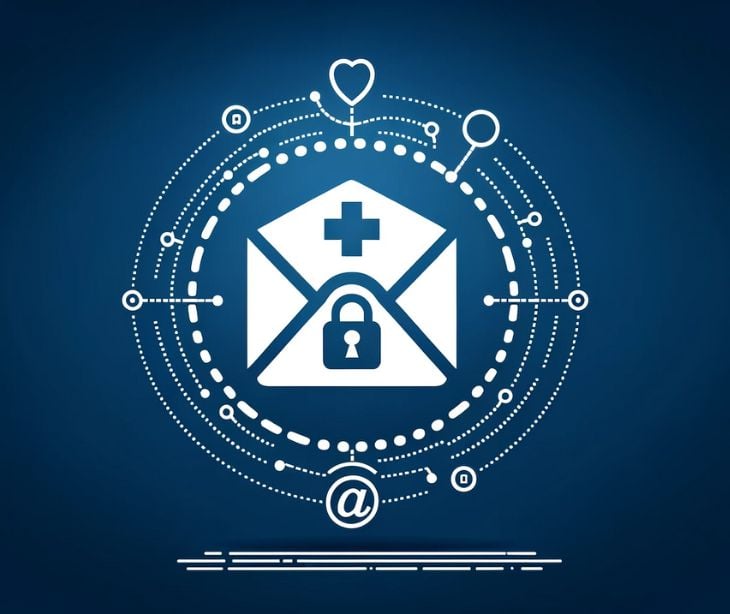
Greylisting is a technology used by mail servers to prevent spam. While used to filter dangerous emails from entering an inbox, it can temporarily block important messages from healthcare providers, leading to missed appointments or slower response times. Despite the challenges, using a legitimate email server will help organizations avoid greylisting.
What is greylisting?
Greylisting is a technique used by email servers to fight off spam. When an email server uses greylisting, it temporarily rejects emails from unknown senders. Legitimate email servers will try again soon after, while spam servers usually will not. The filter will recognize the second attempt and generally allow the email into the inbox.
According to an international study on spam, greylisting is “more sophisticated and more popular than nolisting,” which is a strategy requiring mail servers to reconfigure their email send mechanism. By making it a bit harder for unknown senders to get emails through, greylisting helps ensure only legitimate emails get into your inbox, decreasing the volume of unwanted emails without complicated filters.
While greylisting is an important strategy for reducing spam, it can prevent urgent communication for patients and providers alike. Providers with this filter may miss time-sensitive messages from patients or third parties. Patients may similarly experience delays in healthcare updates.
Why do organizations greylist?
For organizations sending time-sensitive emails, greylisting may feel like a hassle. However, an organization may choose to deploy this filter for several reasons:
- Overall security: By filtering out potential spam and malicious emails, greylisting enhances the overall security of an email system, preventing phishing and other email-based threats. Organizations that resend their email showcase more legitimacy and can pass through.
- Managing resources: Greylisting helps manage server resources by delaying certain emails and reducing the burden on email servers.
- Easy to implement: Greylisting can be easily implemented on most email servers without changes to existing infrastructure.
How to avoid greylisting as a healthcare provider
Choose the right email service provider (ESP): Choosing a HIPAA compliant email service provider with a good reputation and history of effective email delivery will decrease the likelihood of being greylisted. Make sure it allows for a pool of IP addresses, which can prevent an IP address from being flagged for high volume. Gradually increase the volume sent from new IP addresses to establish a good reputation with receiving servers.
Personalize: Generic messages are more likely to be flagged, so using a tool like Paubox Marketing can help ensure HIPAA compliance and prevent flagging.
Be consistent with email delivery:
- Use a subscription process that ensures only interested recipients are on your list, like double opt-in. Regularly update your email list to remove inactive or invalid email addresses.
- Avoid sudden spikes in email volume that can lead to your IP address getting flagged.
- Send emails on a schedule to establish a predictable pattern with email servers.
Stay vigilant:
- Pay attention to bounce messages and adjust your sending practices accordingly.
- Participate in feedback loop programs provided by internet service providers. These programs notify you when recipients mark your emails as spam, allowing you to take corrective action.
- Ensure your emails are formatted with a balance of text and images. Emails that are too image-heavy or contain broken links can be flagged.
- Ask recipients to add your email address to their whitelist or contacts.
See also: Top 12 HIPAA compliant email services.
FAQs
What happens if my email is greylisted?
If an email is greylisted, a legitimate server will try to send it again within a few minutes. If an email is repeatedly greylisted, you can contact the recipient’s email administrator to "whitelist" your email, preventing future greylisting.
Does my IP address matter for greylisting?
Greylisting leverages the IP address of a sender to temporarily delay an email. IP addresses that are not recognized by the recipient server are more likely to be greylisted, making it important to have an ESP with a good reputation.
Subscribe to Paubox Weekly
Every Friday we'll bring you the most important news from Paubox. Our aim is to make you smarter, faster.




